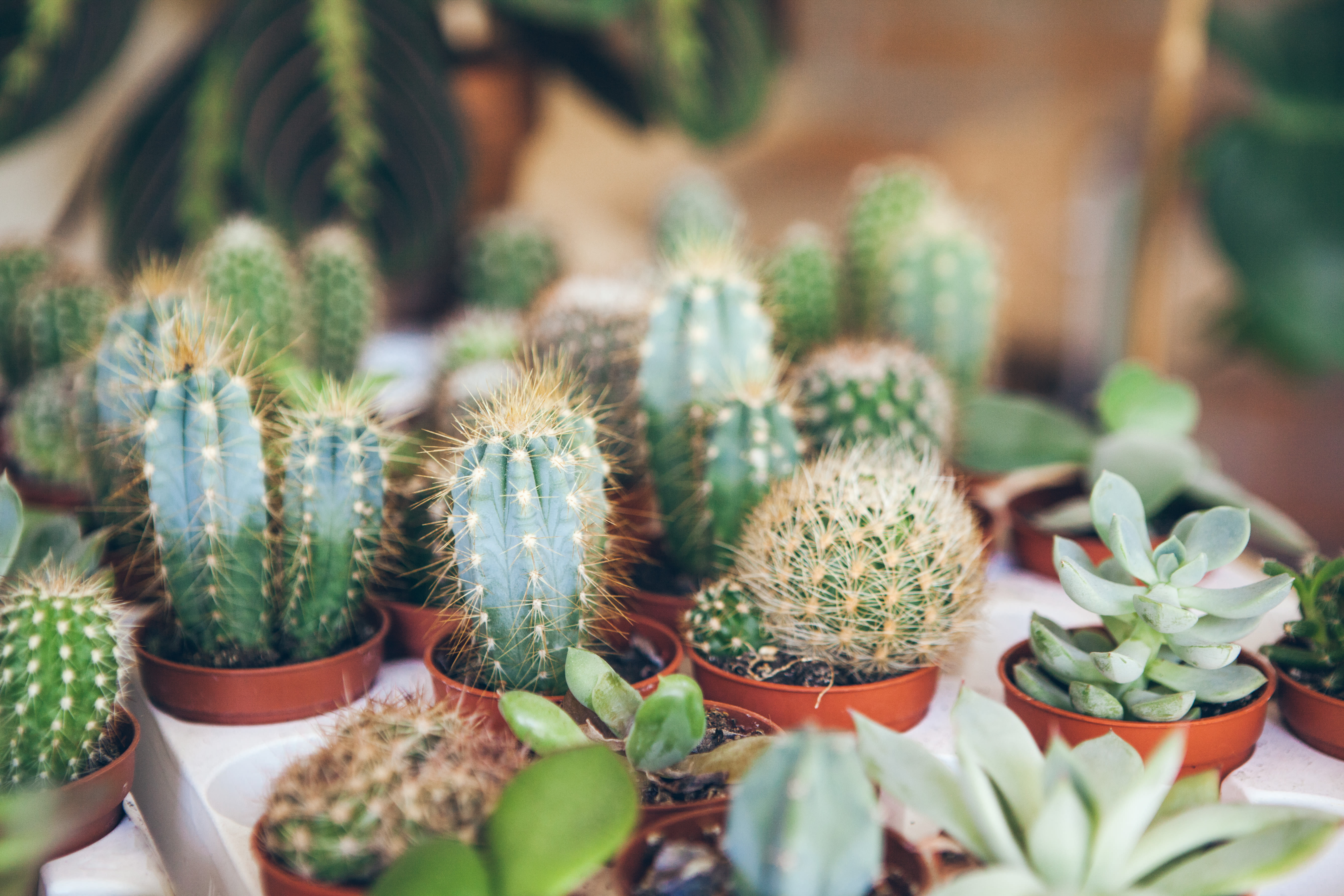5 Tips for Perfecting Your Spring Greening Game at Home
Your yard probably looks like a hot (or shall we say cold) mess these days. Thanks, Winter Storm Uri.
But that doesn’t change the fact that spring officially sprung over the weekend. If the garden is too large a project to tackle right now, or you’d rather keep your green where you can see it, the ever-so-popular indoor plant game is likely your best bet for channeling spring-time vibes at home.
Certifiable green thumbs Jemine and Matthew Oakes (who just so happen to have the perfect last name for their profession) specialize in incorporating indoor plants to create fresh interior design. The couple and their two young sons care for about 80 plants inside their chic Scandinavian style abode—and that’s separate from their official greenhouses.
Jemine and Matthew shared their tips on how to achieve a lush oasis or just keep a plant alive (for once!) inside this spring. We’re all rooting for you.
1. Spruce up with fertilizer
“[Indoor plants] are confined to small pots when they normally have a whole environment. So they do need a little refresher in many different ways,” Matthew says. First he suggests adding an all-purpose fertilizer when watering the plant in the springtime. “As we go into longer days in spring and summer, fertilizer is giving them the nutrients to make the most of those days so they can put out the best growth and make their plant parent happy.” Organic fertilizers are easier to not screw up and burn your leaves with, he adds. Plus, they’re better for the environment. MicroLife is a Houston-made organic fertilizer they recommend (and happen to carry at their store, The Flora Culture).
2. Look for the light
Even indoor plant parents need to moderate sunlight. As the seasons change so does the amount of sun entering your home. “Coming out of the winter season, the sun changes a little bit, and so that will change your overall care, meaning your watering schedule and even sometimes the location,” Jemine says. “One spot that wasn't getting a ton of sunlight maybe two months ago is now getting a lot of sunlight.” Based on your plant’s UV needs, a seasonable move might be in order.
3. Consider a repot
Some plants require a little more breathing room, and the spring and summer (or ideally a little bit before) is when to add on. Telltale signs for a repot are when roots are coming out of the pot or when the plastic nursery base has broken. “When you're repotting, you’re getting two main benefits: You're adding new nutrients with the new soil, and then, typically, you put it into a larger pot (or slightly larger), and you're giving it more space to grow right before the growing season,” Matthew says. Don’t go too big: Matthew recommends adding just a few inches in diameter.
4. Check for pests
Now—especially if you’re repotting—is the time to check for nettlesome winter pests, Matthew adds. “A lot of times during the during the winter, when we have our heaters running, dryer air and a dryer environment tends to more pests. Higher humidity helps plants combat these pests,” he says. “Give them a close inspection while you already kind of in that space while repotting it.”
5. Keep it manageable
Start with one plant and go from there, Jemine suggests. It’s also important to know your space and your skills. They often recommend a ZZ Plant to brand-new plant parents because it’s “forgiving.” A giant Bird of Paradise is the next step up—and they steer people away from the trendy Fiddle Fig Leaf, which requires a lot of sun. Dracaenas are great for small spaces, they say, and Bird's Nest Ferns are safe option for homes where little ones or pets rule the roost. “There's a large portion of the population that says, ‘Oh, I kill everything green, I have a black thumb.’ We hear this all the time,” Jemine says.“Start small … get some education on plant ownership and the confidence.”




